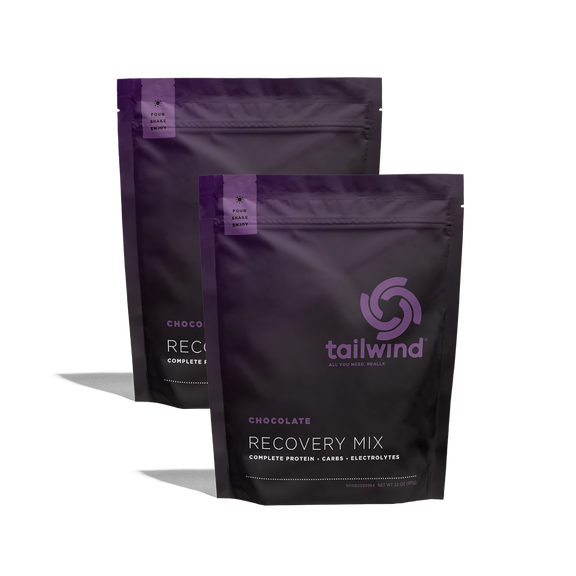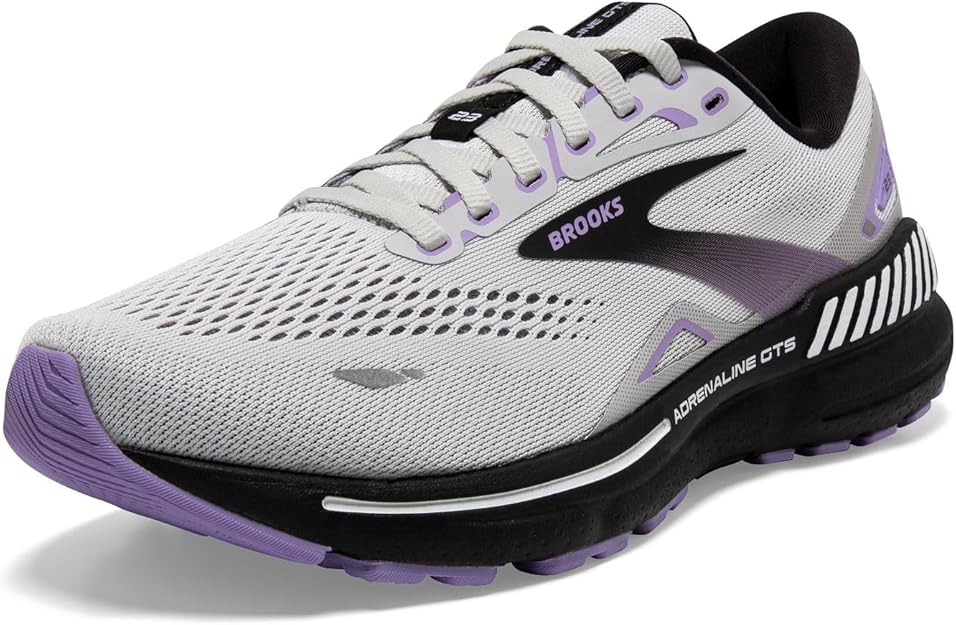Whether you’re new to running or looking for tips on how to start running for beginners, this guide has got you covered.
Today we’ll talk about:
- The perks of running: Let’s talk about the advantages that come with each stride, especially for beginner runners.
- Essential gear you need to get started with running: We’ll explore the must-haves to make your running experience top-notch.
- Fueling your runs: Discover what to eat before, during, and after your runs for peak performance.
- Setting running goals: Get ready to map out your running ambitions and aspirations.
- Maintaining your motivation: We’ll discuss strategies to keep that fire alive throughout your running adventure and how to get into running for good.
Let’s get started.

Whether you’re a runner looking for running tips or a cyclist searching for cycling advice, this site is here to help you elevate your fitness game.
Affiliate Disclosure: I’m here to help you grow as a rider and runner. So to keep things running smoothly and the content free, I participate in the Amazon Services program and select affiliate networks. So, when you click on those affiliate links, I earn a small commission at no extra cost to you.
WHY SHOULD YOU GET INTO RUNNING?
Let’s kick things off with the perks, shall we?
Enhanced heart health: Regular running isn’t just about breaking a sweat; it’s your heart’s best friend. In a remarkable 15-year study that involved over 50,000 participants, researchers made an incredible discovery. 1
Even a modest five to ten minutes of running at low speeds each day can work wonders. How? It slashes the risk of heart disease by as much as 45%. That’s your heart, cheering you on one beat at a time.
Reduce stress: Running is the ultimate stress-reduction strategy. When you hit the pavement, something magical happens.
Your body releases endorphins, which are like nature’s very own mood-lifters. And the result? You feel like a weight has been lifted off your shoulders.
So, whether you’ve had a hectic day at work or are dealing with life’s challenges, a run can be your sanctuary, offering you a natural way to unwind and find joy in the simple act of moving.
Boost your mood and clarity: Running goes beyond physical fitness; it’s a potent tool for enhancing your mental well-being, all thanks to the incredible trio of endorphins, dopamine, and serotonin. These neurochemicals work together to elevate your mood, increase self-esteem, and provide clarity of mind.
Going for a run reminds you that you have the power to set and conquer goals. The outcome? You’ll discover a brighter perspective, heightened confidence, and a mind that’s razor-focused.
So remember, running isn’t just exercise; it’s your gateway to becoming a happier, more centered version of yourself.
WHEN YOU’RE NEW TO RUNNING, THESE ARE THE ESSENTIAL PIECES OF RUNNING GEAR YOU’LL NEED TO START RUNNING
Let’s kick off with the essentials: the very first thing any beginner runner should focus on is grabbing a solid pair of running shoes. Don’t worry about the rest just yet – those moisture-wicking running clothes and other running goodies can wait for now (and we’ll talk more about those later.)
Choosing the right pair of running shoes for beginner runners
The best running shoes for you check all your boxes—one that feels comfortable and provides support and stability so you can run without discomfort and dodge injury.
The quickest way to find the best running shoe that fits you is to visit your neighborhood running store for a treadmill running gait analysis. (And you might even find some of the best running accessories there too.)
You’ll lace up a pair of running shoes and hop on the treadmill for a minute or two. While you’re busy working up a sweat, the experts will record your gait to analyze and reveal the best running shoe for you.
MY GO-TO PAIR OF RUNNING SHOES
I stuck with Brooks Adrenaline GTS as a new runner for years. Wondering why? Well, for starters, they (along with my favorite running socks) kept blisters away, and these shoes struck a perfect balance between cushioning and support.
Now, let’s dive into a few more fit tips to guarantee your shoes fit just right:
The perfect running clothes and safety gear for new runners
Breathable, moisture-wicking materials are your best friend on the run. You’ve probably heard that you shouldn’t wear cotton when running, but does that mean you should deck out in head-to-toe moisture-wicking running clothes?
In a word? Yes.
Moisture-wicking gear uses sweat-wicking fabrics such as polyester, nylon, and wool to leave you dry yet cool throughout your entire run.
It’s not only the fabric fibers that keep you comfortable on the run. It’s also the way the threads are woven together, which allows moisture to move through the fabric and away from your body to help your sweat evaporate and keep you cool.
Technical fabrics whisk away sweat and are breathable, which allows you to regulate your body temperature. And, their quick their quick-drying nature means you won’t be uncomfortable in damp clothing.
Moisture-wicking properties are vital for running clothes and even more so for running socks.
You’ll spend more money on running socks than your regular cotton ones, but it is worth it because it can help you avoid blisters. (If you want to reduce the chances of getting a blister even more, pair your running socks with anti-chafe cream.)
Running safety accessories prepares you to handle unforeseen situations with confidence. And these items are your must-haves on every run:
YOUR RUNNING FOR BEGINNERS NUTRITION AND HYDRATION STRATEGY
WHAT TO EAT AND DRINK BEFORE, DURING, AND AFTER A RUN
Before your morning run:
- Start your day right by rehydrating! After a night’s rest, a glass of water will get you ready for the road.
- If you’re dashing out for a quick 30-minute run, grab a small snack like an energy bar or a banana to fuel up.
- A handheld water bottle or a hydration vest with an electrolyte-rich sports drink will keep you hydrated during those hot weather runs and longer runs. Want to avoid some gels? You’ll find out in this post on how to fuel your runs without using gels.
Before your afternoon or evening run:
- If you’re planning to run shortly after lunch, opt for easily digestible carbs to avoid stomach discomfort during your workout. A turkey sandwich on whole-grain bread or a kimbap (or gimbap)* will energize you without weighing you down. *Kimbap (gimbap) is a Korean rice roll with fillings like carrots, spinach, eggs, and cooked meat. It’s a tasty option that offers a balance of carbohydrates and proteins.
- If it’s been a few hours since your last meal, have a light snack such as dried fruit or edamame about 30 minutes to an hour before your run to boost those energy levels.
After your run:
- Refuel your body with a snack that combines carbohydrates and protein to aid muscle recovery.
- And finally, remember to rehydrate after your run! Coconut water will help replenish those electrolytes after a run. Not a fan of coconut water? These other recovery drinks for runners may suit your taste buds.

Tailwind Recovery Mix
Revitalize your post-workout recovery with Tailwind’s Recovery Mix – a delicious and hassle-free solution to kickstart your recovery process right after a ride or run.
THE BEST RUNNING GOAL FOR BEGINNER RUNNERS
The best running goal for beginner runners is often to build a consistent running habit. Starting with a goal to run regularly, such as three times a week, helps you build a strong running foundation.
I suggest you start with a run-walk running routine—that begins with a warmup routine and ends with a cooldown—because it’s one of the most effective ways you can build fitness, endurance, and strength without getting hurt.
With a run-walk routine, you’ll switch between running and walking during your workouts, which will give you a host of benefits:
- Gradual progression: The beauty of this approach lies in its gentle introduction to running. Say goodbye to the common mistake of pushing yourself too hard too soon. The strategic integration of walking intervals allows you to extend your workout duration and steadily build your stamina.
- Injury prevention: Run-walk routines show kindness to your joints and muscles, dramatically decreasing the odds of overuse injuries. With built-in recovery time during each walking phase, you’ll remain in peak physical shape while substantially reducing the risk of strains or sprains.
- Enhanced endurance: The alternating pattern of running and walking acts as a fatigue-fighting strategy to help you maintain your energy levels effectively.
Once you’re a pro at your running routine, you can set more specific objectives like:
- Finishing a 5k
- Running continuously for 30 minutes
- Strength training twice a week
- Running 10 miles a week
For now, the key is to start with a goal that makes running a part of your life.
HOW TO STAY MOTIVATED WITH RUNNING
Staying motivated as a new runner can sometimes be a challenge, but it’s also incredibly rewarding. Here you’ll find a few tips to help you keep that motivation going:
Track your progress: Use a running app or journal to log your workouts. Seeing how much you’ve achieved is like an extra shot of motivation.
So celebrate those milestones—whether it’s going farther, getting faster, or staying consistent.
Set mini goals: While your big running goals are vital, sprinkle in some bite-sized objectives—those weekly or monthly achievements that keep you focused and motivated.
Reward yourself: Pat yourself on the back when you reach your goals. It could be something as simple as a sweet treat, a good book, or new running gear. Rewards make your hard work feel oh-so-worth-it.
Switch it up: Keep things exciting by finding new running trails. Try different routes, terrain, or surfaces because running should feel like an adventure, not a chore.
Sign up for a race: That friendly competition that comes from a running race and a sense of community can kick your motivation up a notch.
Run for a cause: Consider running for a cause you’re passionate about. Charity runs or events that support something you love can give you a powerful sense of purpose and motivation.
Tune into your body: Overexertion can zap your motivation, and it’s okay to take a break when you’re feeling exhausted or experiencing pain.
Celebrate small wins: There’s power in small victories—whether that’s running for an extra minute or choosing a lighter day when you’re not feeling your best—give yourself some kudos for doing what’s best for you.









